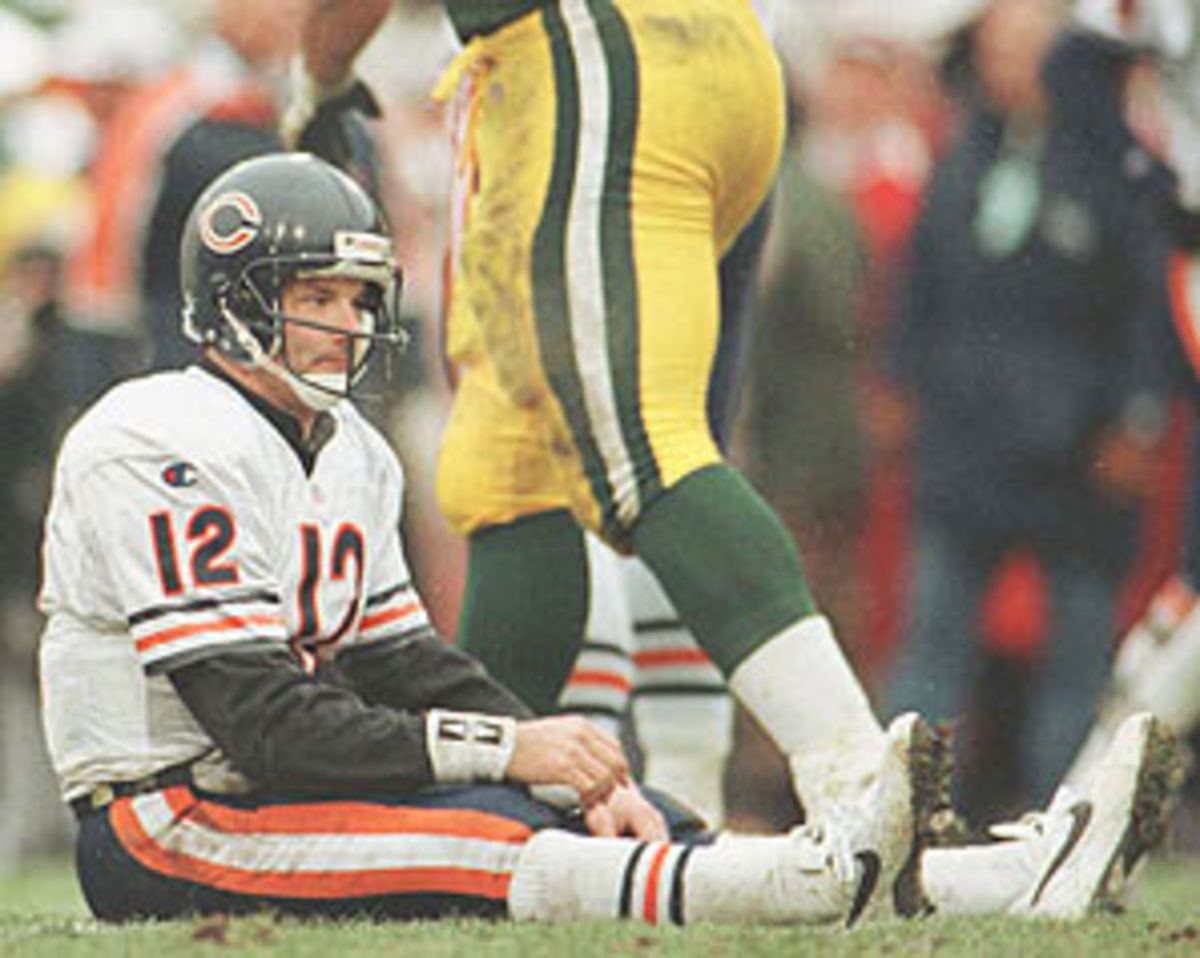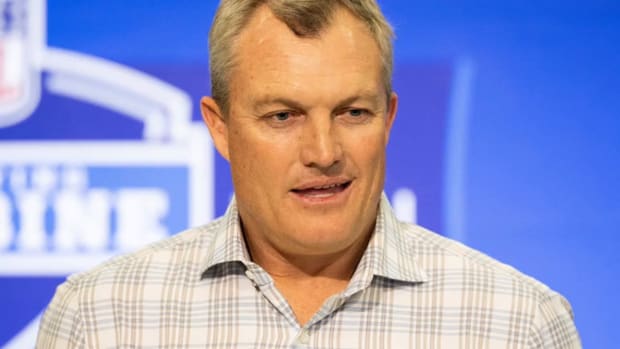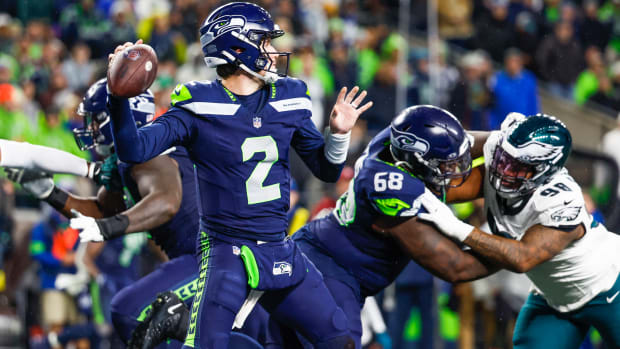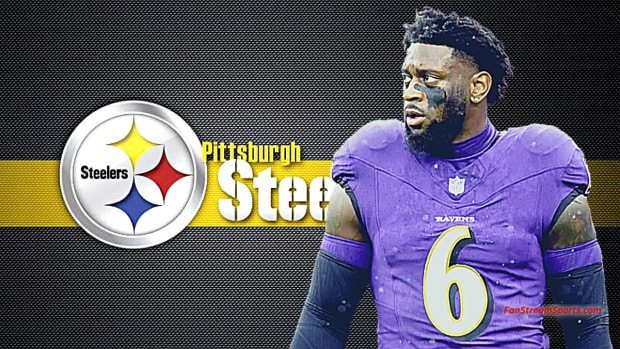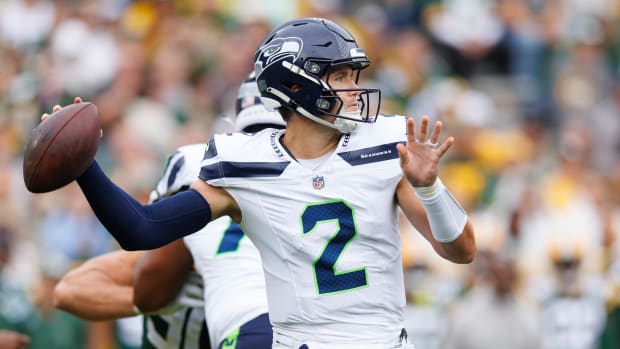Cold Hard Football Facts: Bears offense desperately needs Cutler
There are some things in life that you can consistently count on to sit there lazy, lifeless and unproductive: a beached whale, for example. Or a socialist. Or, closer to home, a football fan after a Sunday of pitchers and wings.
The NFL has its own version of these consistently immobile organisms: the Chicago Bears offense.
In fact, the decades-long lifelessness of the Chicago offense is one of the great statistical curiosities in NFL history.
Year after year, for more than a half century since the end of the Sid Luckman Era, the offense of this proud pro football franchise, one of two original NFL teams still in existence, has consistently struggled to move the ball.
You would think that random chance, blind luck and the rule changes that launched the Live Ball Era in 1978 would have conspired somewhere along the way to give the Bears some consistently great offensive teams. But they haven't.
Even the glittering comets of individual success -- like Gale Sayers or Walter Payton -- have been woefully few and far between.
More typically, Bears fans scream at the television season after season, decade after decade, wondering why the hell their team can never seem to move the ball like a legitimate NFL offense.
This phenomenon, these decades of frustration among the Midway faithful, helps explain why the Bears brain trust made such a bold move to acquire Jay Cutler.
Chicago shipped off two first-round draft picks and last year's starting quarterback, Kyle Orton, to Denver in the hopes Cutler can inject life in the Chicago offense for the first time since Luckman and George Halas led the team through its 1940s glory years.
In the wake of this bold trade, we decided to take a detailed look at the history futility of the Bears offense. It's really a stunning story of generational offensive inadequacy that defies description.
• The singular Cold, Hard Football Fact that really says it all about the organization is that Luckman last took a snap for the Bears in 1950. Yet he remains the organization's alltime passing leader with 14,686 yards -- about four good seasons of work for a modern quarterback.
No team has to go back so far to find its leading passer -- hell, 20 of the 32 teams in the NFL today didn't even exist back in 1950.
• Luckman threw 137 TD passes for the Bears -- an awe-inspiring number for his era yet a humble number by modern standards. In either case, it's easily the most in franchise history.
In fact, in the 58 seasons since, nobody in a Bears uniform has thrown even half has many TD passes as Luckman. The organization's No. 2 TD tosser is Billy Wade, who connected on 68 TD tosses in four seasons from 1961-64.
To put those miniscule numbers into perspective, consider the case of the 49ers">49ers. The San Francisco franchise joined the NFL in 1950 -- 30 years after the Bears. Yet they boast six guys who have thrown more than 100 TDs and three who have thrown more than 200 TDs (led by Joe Montana's 244).
Let's look at it another way: Tom Brady has thrown 100 TD passes in his past three seasons on the field. Peyton Manning threw 108 TD tosses in his three peak seasons (2004-06). In just three seasons those two passers out TD'd every quarterback in Bears history but its Hall of Famer Luckman.
• The last Bears quarterback to lead the NFL in passing yards or TD passes was Johnny Lujack, the 1947 Heisman Trophy winner out of Notre Dame, who passed for 2,658 yards and 23 TDs in 1949.
The amazing thing about those numbers from 60 years ago is that desperate Bears fans today would kill to find a quarterback who passed for 23 TDs: only one Chicago quarterback over the past six decades has surpassed Lujack's TD total (Erik Kramer, 29 in 1995).
• The Bears last led the league in scoring offense in 1956. That was more than a half century ago for those of you keeping score at home.
Conversely, the Bears have led the NFL in scoring defense six times since 1956, most recently in 2005.
There have been bursts of scoring success in Chicago, though.
The 2006 NFC champion Bears, believe it or not, finished second in the NFL in scoring. But the offense reached the end zone just 38 times -- it's scoring rate boosted by a historic nine touchdowns by the defense and special teams.
The Bears also ranked No. 2 in the NFL in scoring back in their legendary Super Bowl 1985 season. But those Bears fielded one of the most famous defenses in history -- and helped boost the scoring average with seven touchdowns by the defense and special teams.
• The last Bears quarterback to lead the NFL in passer rating was Billy Wade in 1961 (93.7).
• Great teams tend to have consistently great play at the quarterback position. Yet the Bears can barely get a warm body to play quarterback consistently, let alone get someone to play the position consistently well.
In the 31 seasons since the NFL went to a 16-game schedule, only four Bears quarterbacks have started every game in a seasoon: Vince Evans in 1981, Jim Harbaugh in 1991, Erik Kramer in 1995 and Rex Grossman in 2006. At that rate, we probably won't see Cutler play a full season until 2014.
If it's been extremely hard for the Bears to find a great passer over the past six decades, it's been just as difficult to uncover a game-breaking wide receiver.
Consider that Johnny Morris, who played for the Bears from 1958-67, is Chicago's alltime leader in receiving yards. He caught 356 passes for 5,059 yards and had just one 1,000-yard season (1,200 in 1964).
Morris's numbers are quite humble by modern standards of most NFL teams. But they're quite remarkable by the lowly offensive standards of the Bears.
Since stats have been kept in the early 1930s, only three Bears receivers have led the league in catches -- Jim Keane in 1947 (64), Johnny Morris in 1964 (93) and Dick Gordon in 1970 (71).
And, in the organization's 89 seasons of NFL football, just eight different Bears have produced a 1,000-yard season catching passes (11 seasons total).
How tough has it been for the Bears to get the ball downfield through the air?
Consider that the team's all-time leader in receptions isn't even a receiver. It's the late, great running back Walter Payton, who caught 492 passes during his 13 years with the Bears.
Six NFL teams produced a 4,000-yard passer in 2008.
The Bears have never produced a 4,000-yard passer.
In fact, only five Bears quarterbacks have surpassed 3,000 yards in a season, most recently Rex Grossman with 3,193 in 2006. That's a remarkably small number considering that more than half the teams in the NFL last year (18) produced a 3,000-yard passer.
The Bears have never had a passer throw for 30 TDs. In fact, only six Bears quarterbacks have thrown more than 20 TDs in a season. That's a remarkably small number considering that 11 teams boasted a passer with at least 20 TD tosses last year.
The production of Chicago's passers has been so paltry through the decades that Rex Grossman's 3,193 passing yards during Chicago's Super Bowl season of 2006 was the second most prolific passing season in Bears history (Erik Kramer, 3,838 yards in 1995).
Kyle Orton's fairly dismal 2,972 yards last year have been surpassed just five times in franchise history. His 18 TD passes, meanwhile, had been surpassed just seven times in franchise history.
All in all, Orton was pretty damn effective last year -- at least by Bears standards. Which means, not particularly effective at all.
No wonder the Bears organization salivated when it looked at Jay Cutler's numbers from last year (384 for 616, 62.3 percent, 4,526 yards, 25 TD, 18 INT, 86.0 passer rating).
It was an ordinary season by the standards of most NFL franchises. It would have been an extraordinary season by the sickly offensive standards of the Chicago franchise.
































